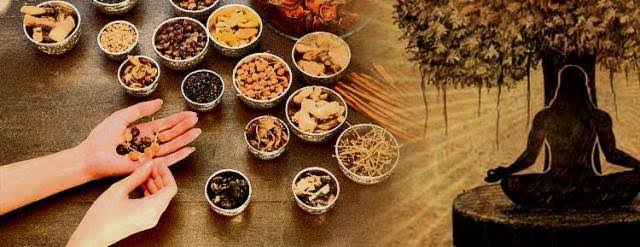- Sutra Sthana (General principles) - 30 chapters deal with general principles, philosophy, definitions, prevention through healthy living, and the goals of the text.[30]
- Nidana Sthana (Pathology) - 8 chapters on causes of diseases.[31]
- Vimana Sthana (Specific determination) 8 chapters contain training of a physician, ethics of medical practice, pathology, diet and nourishment, taste of medicines.[32]
- Śarira Sthana (Anatomy) - 8 chapters describe embryology & anatomy of a human body (with a section on other living beings).[33]
- Indriya Sthana (Sensory organ based prognosis) - 12 chapters elaborate on diagnosis & prognosis, mostly based on sensory response of the patient.[31]
- Cikitsa Sthana (Therapeutics) - 30 chapters deal with medicines and treatment of diseases.[34]
- Kalpa Sthana (Pharmaceutics and toxicology) - 12 chapters describe pharmacy, the preparation and dosage of medicine, signs of their abuse, and dealing with poisons.[31]
- Siddhi Sthana (Success in treatment) - 12 chapters describe signs of cure, hygiene and healthier living.[31]
Thursday 28 July 2016
Tags
About gamrclib
alistarbot is a blogger resources site is a provider of high quality blogger template with premium looking layout and robust design. The main mission of templatesyard is to provide the best quality blogger templates.
Subscribe to:
Post Comments (Atom)


Casino Punta Cana - 2021 - Review of the Real money
ReplyDeleteFind the best casino site offering real money 메이저바카라 slots. The selection of 토토 라이브 스코어 slots and progressive jackpots is 10bet huge betting for players with 브라 벗기 big cash prizes.